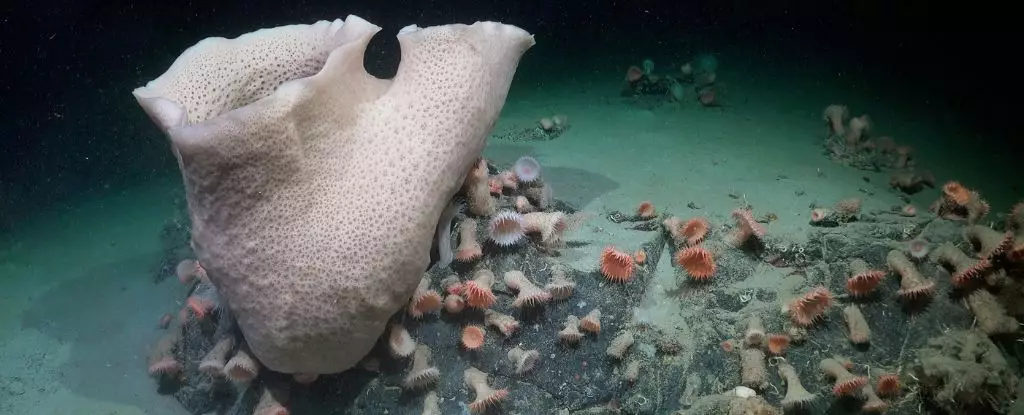In early 2025, a spectacular yet alarming event unfolded in Antarctica as a gigantic iceberg the size of Chicago broke away from the George VI Ice Shelf. While on the surface, this may signal a natural phenomenon, the ramifications could be catastrophic for ecosystems both beneath the ice and globally. When researchers from the Schmidt Ocean Institute hurried to explore the newly revealed environment, they were astonished to discover an untouched ecosystem teeming with life—sponges, anemones, hydroids, and corals that had existed in isolation for perhaps centuries. This shocking finding—bringing new species into our scientific vocabulary—reveals just how little we understand the hidden treasures of our planet, as well as the urgent need for conservation.
Nature’s Resilience and Vulnerability
The ecosystem that scientists unveiled under the icy roof proved to be a robust habitation despite the harsh conditions it faced over decades or even centuries. Dr. Patricia Esquete, a leading scientist on the expedition, noted the unexpected richness of life hidden away for so long. But beneath the beauty lies a truth that should resonate with alarm bells: if life can thrive in isolation beneath thick ice, the sudden exposure to open waters and changing temperatures could alter everything. Vulnerable ecosystems like this one serve as reminders of how delicate the balance of nature is, especially in a world plagued by climate change. The juxtaposition is striking; while nature can be astonishingly resilient, it is also frighteningly fragile.
The Human Cost of Discovery
While the serendipity of uncovering such a pristine oceanic realm is exciting, it also raises questions about human intervention in our natural world. The research team, led by the likes of Aleksandr Montelli from University College London, effectively blazed a trail into unknown territory, making history with their exploration of sub-ice environments. However, this very act of discovery serves as a double-edged sword. Every human touch on this untouched realm brings the risk of contamination, exploitation, and ecological disruption. As we rush to understand these hidden ecosystems, we must be wary of our impact on them.
Climate Change: The Icy Hand of Fate
The calving of the iceberg itself is a stark reminder of the immediate threat posed by climate change. As we witness these events unfold, we cannot ignore the reality that melting ice significantly alters marine habitats. The Bellingshausen Sea, where researchers found coral, crabs, and even giant sea spiders in a previously ice-bound ecosystem, exemplifies how quickly new life moves in when floating ice retreats. Yet this shift signals the broader ecological changes that are already disrupting marine biodiversity. Are we prepared for the rapid transitions facing marine life due to temperature changes and loss of habitat?
The Call for Conservation
The findings from this expedition should compel us to reconsider our priorities when it comes to environmental conservation. With so much left to discover within the untouched spaces of our planet, we must acknowledge the imperative to protect these regions. The ecosystems residing beneath the ice are not just scientific curiosities—they are essential components of our planet’s health that depend on a delicate balance.
Now is the time for policymakers to take decisive action to combat climate change and protect these fragile ecosystems. The scientific data we are accumulating from these groundbreaking explorations must translate into actionable conservation measures. Failure to act not only jeopardizes the hidden lifeways that have thrived in the shadows of ice but could also have broader implications for global biodiversity.
In a world that continues to grapple with environmental issues, the iceberg’s calving, while wondrous in its revelation, also stands as a symbol of the ecological crises we face. We must advocate for a stewardship model that respects and preserves our environment, ensuring that the beauty of our planet is not just a fleeting moment of discovery but a lasting legacy for future generations.

